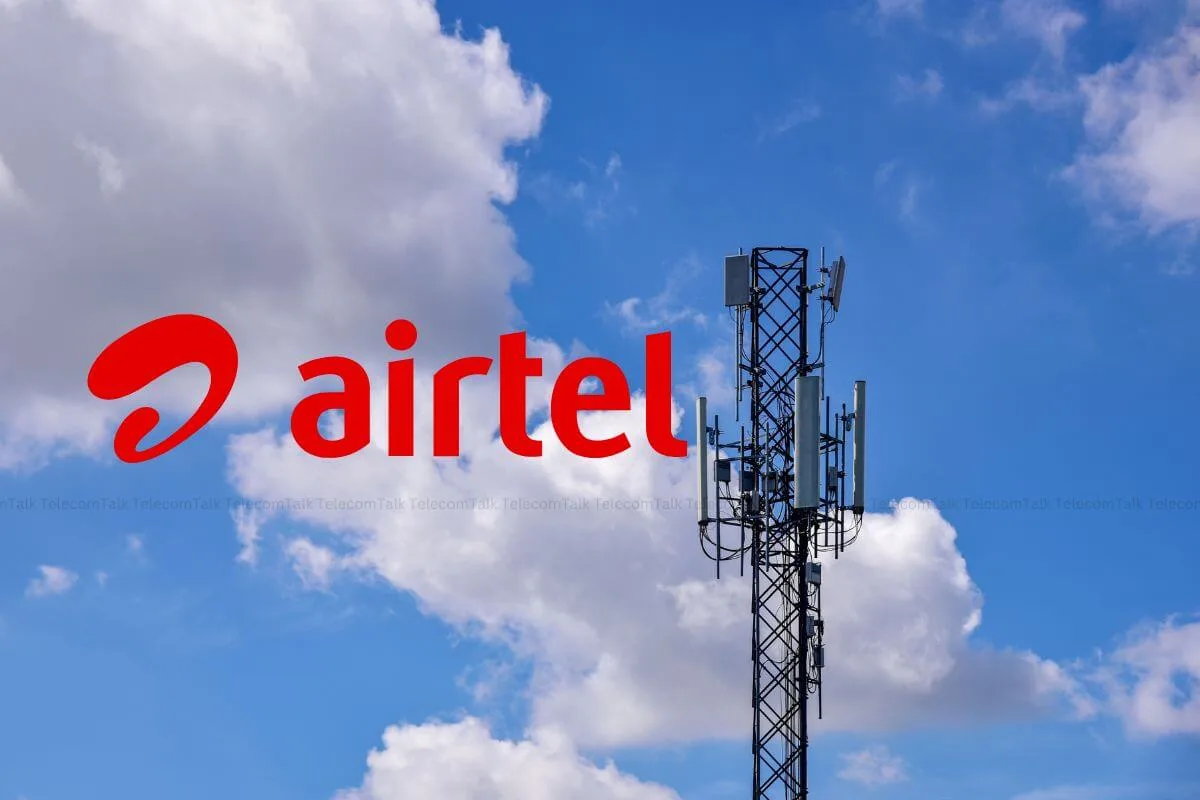
Bharti Airtel, the second-largest telecom operator in India with more than 400 million subscribers, is deploying Free-Space Optical Communications (FSOC) technology to address the limitations of traditional fiber and microwave technologies, according to the latest GSMA Intelligence report. Airtel has deployed FSOC in four Indian states, with mobile backhaul being the primary use case.
Also Read: Bharti Airtel and Taara to Deploy Laser Internet Technology in India
Airtel Network Expansion and Challenges
Despite its extensive network infrastructure across India, Airtel is experiencing a surge in data consumption driven by its significant 5G rollout. This increase in demand has posed challenges in backhaul capacity, which need to be resolved. Traditional fiber rollouts face hurdles such as challenging terrain in remote areas, delays in acquiring rights of way (RoW), and permissions from local authorities.
"While fibre is increasingly connecting sites and premises, most radio access network (RAN) sites in India are connected with microwave links. Fibre offers high capacity but cannot be deployed everywhere, while microwave has capacity challenges," the report said.
Consequently, Airtel has explored alternative, innovative solutions to address these issues. To complement its existing mix of fiber and microwave technologies, Airtel is employing emerging technologies like FSOC and forging partnerships to expand coverage, enhance capacity, and meet growing data needs.
What is FSOC Technology?
Free-space optical communications use light waves to transmit data, similar to how optical fiber cables (OFC) work. While fiber-optic cables rely on thin strands of glass, FSOC transmits data through light waves in the air. Using beams in the unlicensed high-terahertz spectrum range, FSOC offers several advantages, including cost efficiency, low energy consumption, and ease of deployment.
Airtel is leveraging FSOC to address backhaul requirements and bridge coverage gaps, particularly in areas where traditional technologies such as fiber and microwave are constrained by costs, capacity, or RoW challenges.
Also Read: GSMA Says 750 Million Gained 5G Access Globally in 2023, Largely Driven by India
Collaboration with Taara
Airtel has partnered with Taara, a team within Alphabet's X moonshot division, to deploy wireless optical communication (WOC) products in Karnataka, Maharashtra, Kerala, and Tamil Nadu. The deployment conditions varied across states, with challenges such as high RoW costs, monsoons limiting construction windows in Mumbai, and permission delays due to heavy construction in densely populated areas of Kerala.
In each case, Taara's WOC technology acted as a workaround solution, enabling Airtel to quickly deploy RAN sites and expand coverage. Additionally, Airtel utilised Taara's Link Availability Prediction Tool, which uses multi-year weather and visibility data to model WOC link availability, optimising deployment planning.
Role of FSOC in Airtel’s Network
FSOC is not only addressing mobile backhaul requirements but is also being considered for fixed wireless access (FWA) and hybrid transport solutions. The number of sites that can support FWA is often limited by backhaul capacity. When fiber is not feasible, FSOC serves as a viable alternative. In areas with challenging weather and visibility patterns, Airtel deploys hybrid solutions where FSOC serves as the primary backhaul option, complemented by microwave as a backup for redundancy during adverse conditions.
The economic viability of FSOC is a key factor for Airtel, which evaluates the technology's total cost of ownership (TCO) compared to legacy solutions like fiber and microwave. While fiber offers the lowest cost per bit for short distances and high-capacity backhaul, microwave is often preferred for lower capacity needs. FSOC bridges the gap, offering a balance between cost, deployment time, and capacity.
Also Read: Airtel Expands FWA Coverage in Q2FY25 and Optimises CPE Costs
Third Alternative for Airtel
Currently, Airtel is deploying Taara's WOC technology in areas where fiber is impractical and microwave does not meet capacity requirements. WOC represents a "third choice" for Airtel, addressing scenarios where the economics of fiber and microwave are less favourable. With advancements like atmospheric sensing, motion detection, and tracking controls, the reliability of FSOC has improved, enhancing availability and lowering TCO. As the TCO for WOC improves, Airtel could identify additional use cases and scale deployments across India.
Conclusion
Airtel has identified segments where FSOC can address network challenges and has integrated the technology alongside fiber and microwave. Airtel will evaluate technologies such as WOC from a TCO perspective and experiment with them for additional use cases to strengthen its network infrastructure and connectivity while addressing diverse challenges across India's varied terrains.















